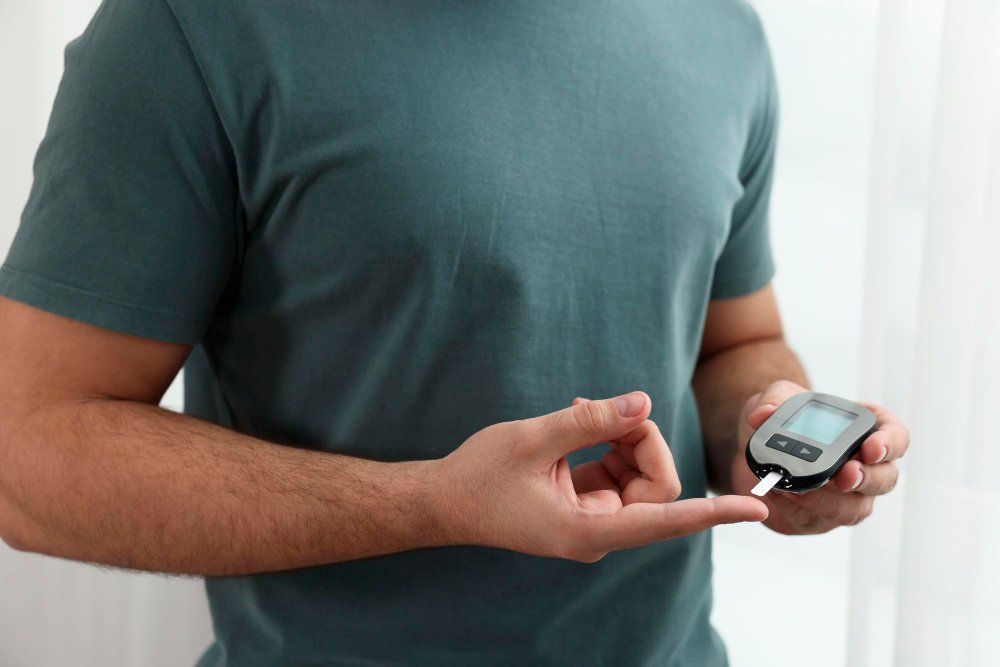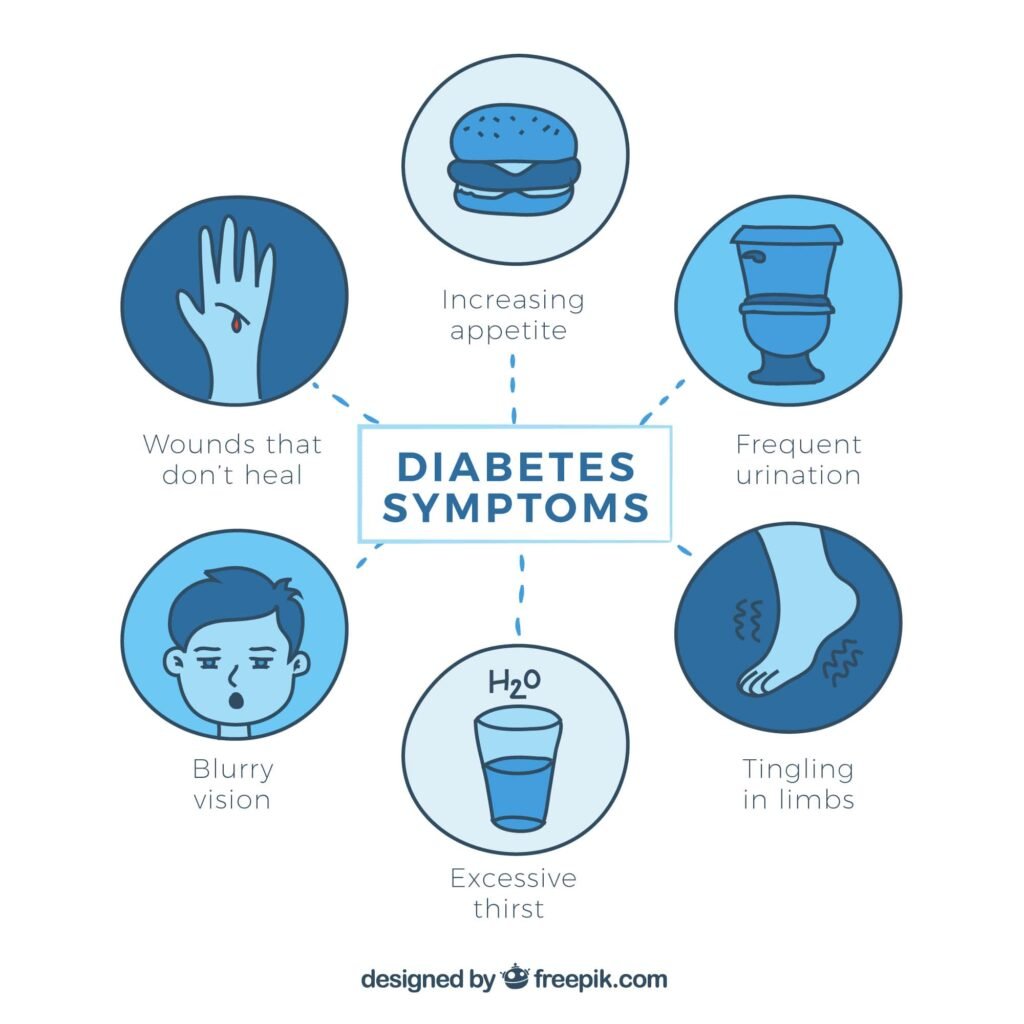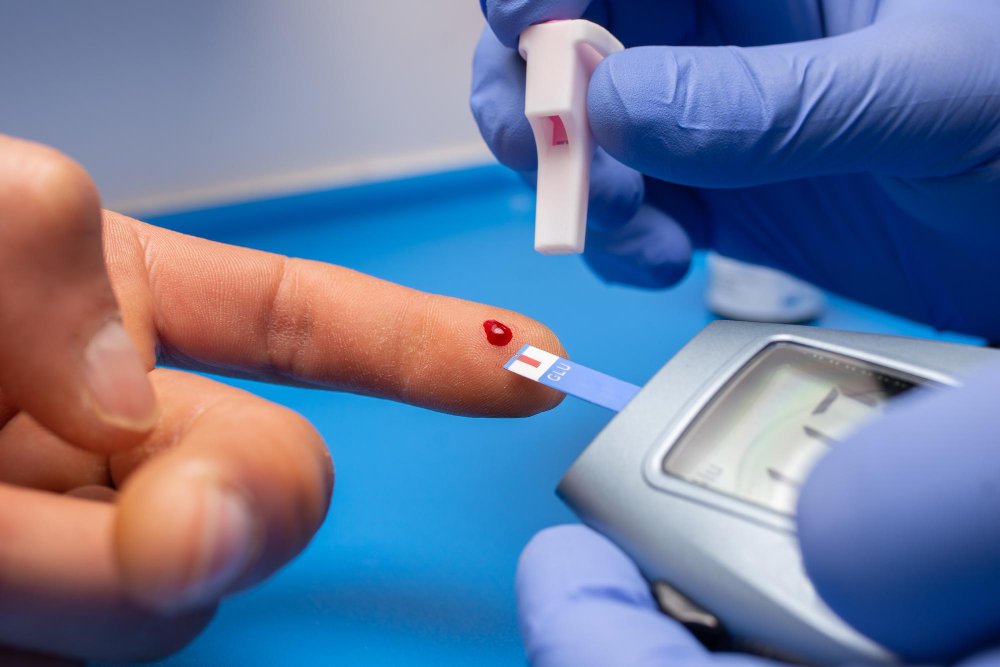Table of Contents
Understanding Blood Sugar Tests and What They Reveal About Your Health
Monitoring blood sugar levels is essential for diagnosing and managing conditions like prediabetes and diabetes. Several medical tests are designed to measure glucose levels at different times and under various conditions, offering critical insight into your metabolic health.
1. Fasting Blood Glucose Test

The Fasting Glucose Test is one of the most common methods used to detect prediabetes or diabetes. It’s typically conducted early in the morning after an overnight fast of 8 to 10 hours, during which only water is allowed.
A blood sample is drawn to measure glucose concentration. Here’s how the results are typically interpreted:
- Normal: Less than 6.1 mmol/L (under 110 mg/dL)
- Prediabetes: Between 6.1–6.9 mmol/L (111–125 mg/dL)
- Diabetes: 7.0 mmol/L or more (126 mg/dL or higher)
💡 Insight: Fasting tests are foundational but may not capture all abnormalities, especially in early stages. That’s where more detailed tests come in.
2. Oral Glucose Tolerance Test (OGTT)
This test offers a more dynamic look at how your body processes sugar over time. After fasting overnight, a person first undergoes a fasting glucose test. Then, they’re given a sugary drink, and their blood sugar is measured at regular intervals over the next two hours.
Result interpretation:
- Normal: Less than 7.8 mmol/L (under 140 mg/dL)
- Prediabetes: 7.8–11.0 mmol/L (140–199 mg/dL)
- Diabetes: More than 11.1 mmol/L (200 mg/dL or higher)
Who should take this test?
- Pregnant women (to screen for gestational diabetes)
- People with obesity or high blood pressure
- Women with Polycystic Ovary Syndrome (PCOS)
- Individuals with a family history of diabetes
- Those with high triglyceride levels
- Babies born weighing more than 4 kg (8.8 lbs)
💡 Insight: The OGTT is particularly useful in catching insulin resistance before it progresses to diabetes, making it a powerful preventative tool.
3. Random Blood Glucose Test
The Random Glucose Test can be done at any time—before or after meals. It’s less controlled but useful for quick assessments, especially in emergencies or screenings.
- Normal before meals: 80–130 mg/dL
- Normal after meals (1–2 hours): Less than 180 mg/dL
- Possible diabetes: 200 mg/dL or more, regardless of meal timing
💡 Insight: While this test doesn’t require fasting, its results must be interpreted carefully depending on when and what the person ate.
Common Symptoms of Diabetes

Being aware of early signs can lead to faster diagnosis and better outcomes:
- Frequent urination
- Increased thirst and hunger
- Dry skin and mouth
- Fatigue and weakness
- Unexplained weight loss
- Blurry vision
- Slow-healing wounds
- Tingling or numbness in hands or feet
- Frequent fungal infections
Risk Factors for Type 2 Diabetes

Several factors increase your risk of developing type 2 diabetes:
- Age: Risk increases as you get older, particularly if physical activity decreases and body weight increases. Notably, individuals from South Asian, African, or Chinese backgrounds may develop diabetes at a younger age.
- Weight and Obesity: A BMI of 25 or higher significantly raises your risk. Accumulated fat around the abdomen can release harmful chemicals affecting metabolism and cardiovascular health.
- Family History and Genetics: Having a close relative with diabetes makes you more likely to develop it yourself.
Final Thoughts
Understanding these tests and the implications of their results is vital for early detection and prevention of diabetes. If you fall into a high-risk group, regular screenings and lifestyle changes—like diet and exercise—can help delay or even prevent the onset of the disease.






[…] Blood Sugar Tests […]